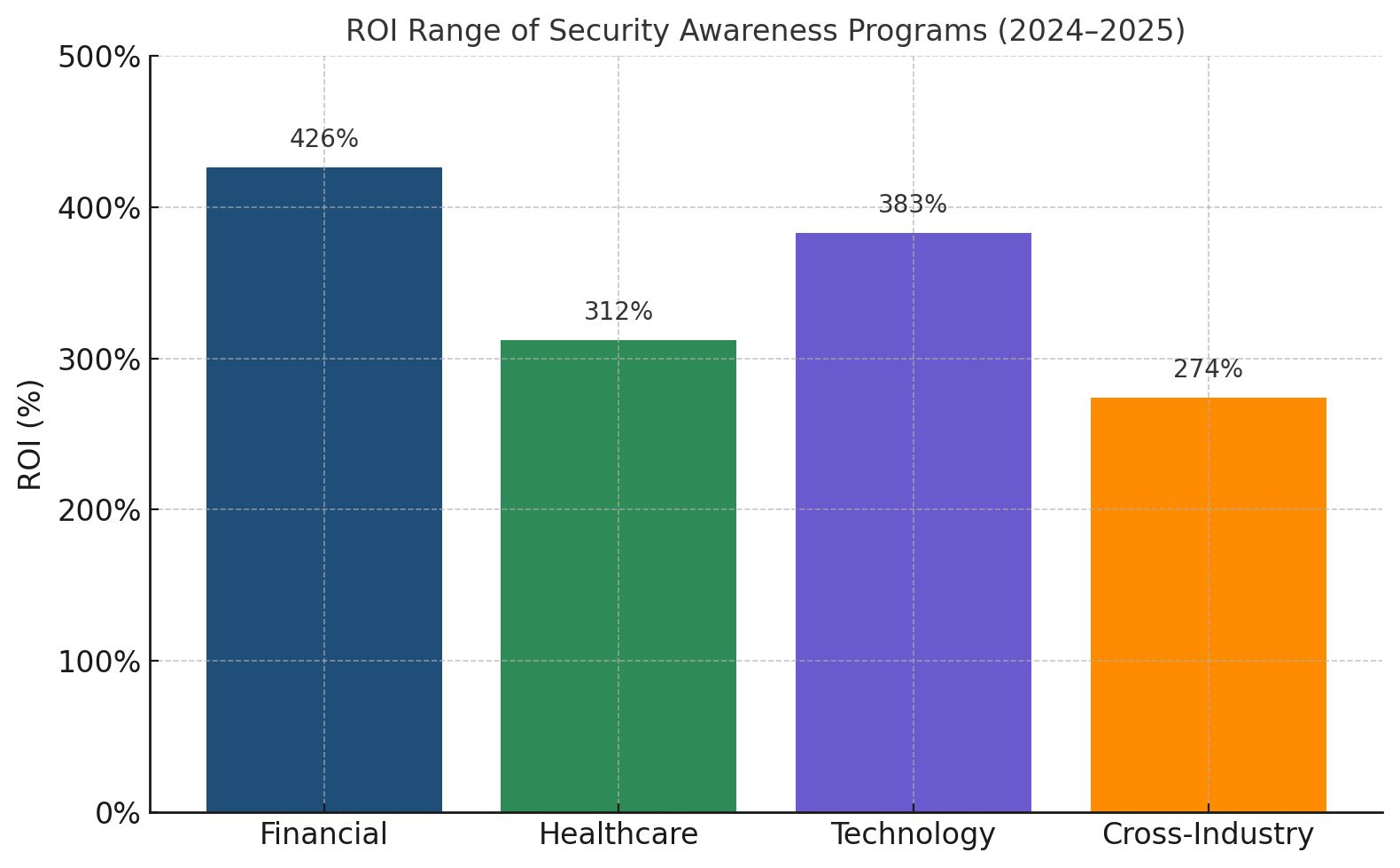- Defend & Conquer
- Posts
- Measuring the financial impact of security awareness through quantitative metrics
Measuring the financial impact of security awareness through quantitative metrics
CybersecurityHQ Report - Pro Members

Welcome reader to a 🔒 pro subscriber-only deep dive 🔒.
Brought to you by:
👣 Smallstep – Secures Wi-Fi, VPNs, ZTNA, SaaS and APIs with hardware-bound credentials powered by ACME Device Attestation
🏄♀️ Upwind Security – Real-time cloud security that connects runtime to build-time to stop threats and boost DevSecOps productivity
🔧 Endor Labs – App security from legacy C++ to Bazel monorepos, with reachability-based risk detection and fix suggestions across the SDLC
📊 LockThreat – AI-powered GRC that replaces legacy tools and unifies compliance, risk, audit and vendor management in one platform
Forwarded this email? Join 70,000 weekly readers by signing up now.
#OpenToWork? Try our AI Resume Builder to boost your chances of getting hired!
—
Get lifetime access to our deep dives, weekly cyber intel podcast report, premium content, AI Resume Builder, and more — all for just $799. Corporate plans are now available too.
Executive Summary
Security awareness programs represent a critical investment in organizational resilience, yet many enterprises struggle to quantify their financial impact. This whitepaper presents a comprehensive framework for measuring the return on investment (ROI) of security awareness initiatives through quantitative metrics that directly correlate with reduced cyber breach costs. Based on analysis of recent data from 2024-2025, organizations implementing structured awareness programs report average cost reductions of 45-70% in security incidents, with some achieving ROI exceeding 400%.
The framework outlined here addresses three fundamental challenges: establishing baseline measurements, tracking behavioral changes that reduce risk, and translating risk reduction into financial terms. Key findings indicate that enterprises with mature security awareness programs experience 30-86% reduction in phishing susceptibility, save an average of $232,867 per prevented incident, and achieve break-even on their investments within 12-18 months. For medium to large enterprises, where the average breach cost exceeds $4.45 million, even modest improvements in employee security behavior translate to substantial financial benefits.

This analysis provides CISOs and security leaders with actionable methodologies for calculating program ROI, including specific formulas, benchmarking data, and implementation strategies tailored to organizational size and industry. By adopting these quantitative approaches, enterprises can justify security awareness investments, optimize program effectiveness, and align security initiatives with broader business objectives.

Subscribe to CybersecurityHQ Newsletter to unlock the rest.
Become a paying subscriber of CybersecurityHQ Newsletter to get access to this post and other subscriber-only content.
Already a paying subscriber? Sign In.
A subscription gets you:
- • Access to Deep Dives and Premium Content
- • Access to AI Resume Builder
- • Access to the Archives
Reply